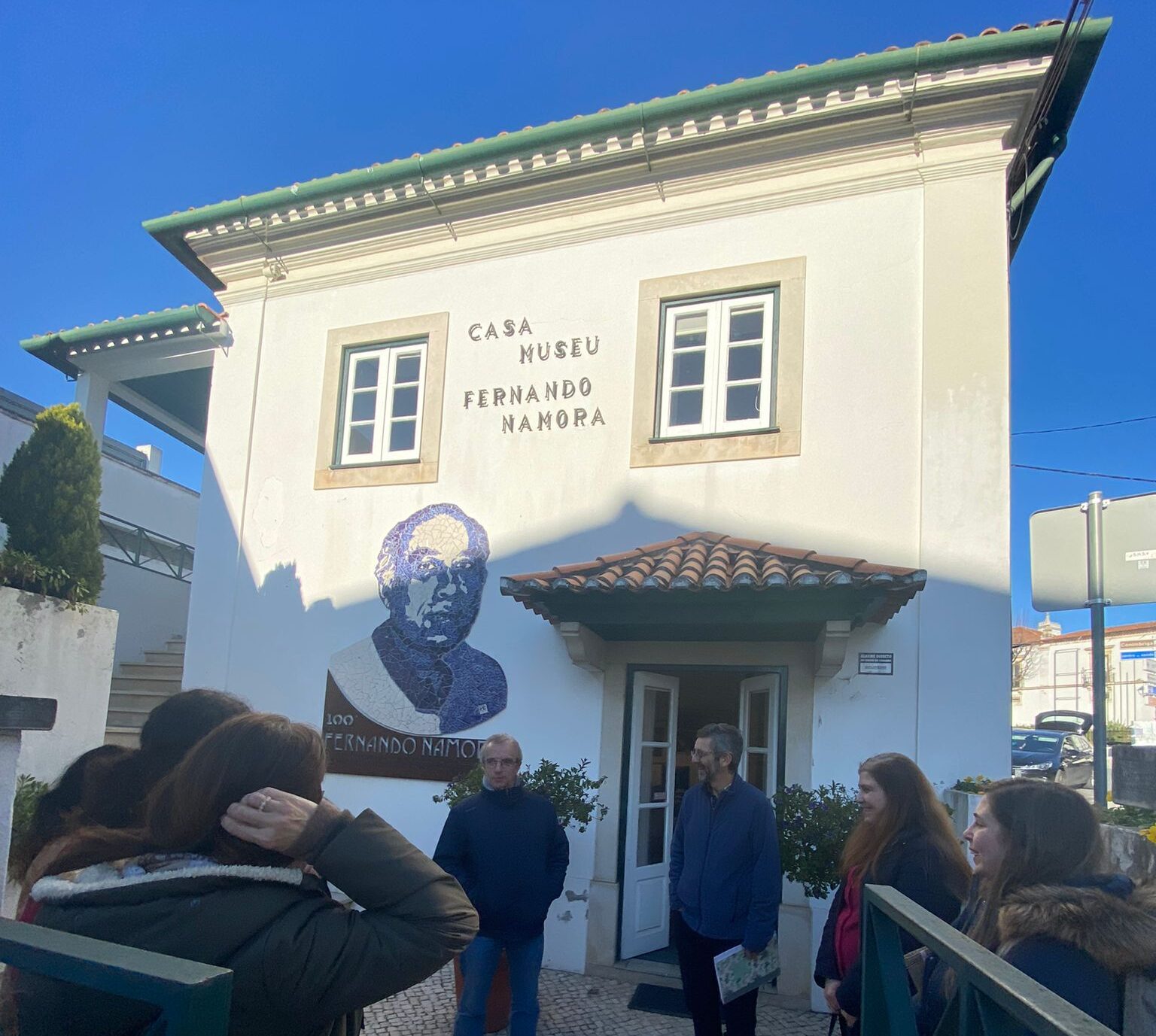New heritage interpretation skills gained amongst cultural history dating back to the Romans will unlock potential to tell Portugal’s stories.
From 2-11 February, the first Certified Interpretive Guide (CIG) course in Portuguese took place in the Conímbriga Museum, near Coimbra, in the central region of Portugal. This unique place has been the home of several populations throughout the centuries, the most evident being the Roman civilisation, whose remains can give us today a glimpse of how their lives would have been two millennia ago. During the training, participants were able to visit several places around Conimbriga, where different practical exercises were carried out to try to reveal the deepest meanings of a great selection of cultural and natural heritage.
The course itinerary began in the past and moved us on to the future. We started with the Roman city of Conímbriga and a museum inaugurated in 1962 contrasting to the PO.RO.S Museum (Roman Portugal in Sicó Mountain), inaugurated in 2017. This museum explains the Roman occupancy of the region using new technologies to recreate the Roman legacy in an interactive and efficient way. We continued the course through the streets of Condeixa, passing by the House-Museum of Fernando Namora, a poet descendant of this land who was honoured by the municipality that created this museum. Inside his house the artistic production and acquisitions of this family doctor are displayed along with some secrets and personal objects in the small office that seems like it is waiting to be experienced by the visitors.
The School of Water, a former primary school recently converted into an interpretative centre, was visited as an example of how we can provoke thoughts about water and understand all its connections to life and the landscape. With only explanatory panels, this centre continues to stimulate visitors and the local population on how we can protect water as a source of life. The journey continued to the peaceful village of Casmilo, a place with many unnoticed heritage elements that tell us the story of the ancestors who lived there, and the presence of old ways of living that we hope can be preserved for future generations to appreciate that legacy. The course ended where it began: in Conímbriga, that magical place full of hidden meanings.
The course was based on several practical activities to keep us motivated. A strong connection was created between group participants, who before the course only had in common an appreciation of heritage. Now we also all have in common an important tool for the development of heritage interpretation. We cannot predict the future but certainly many new projects and activities will start from this point to foster the unveiling of many Portuguese heritage phenomena that are waiting to be discovered, interpreted and above all preserved.
Armandina Pina’s professional activity is very different from interpretation since she is a tax inspector, but she has always been passionate about her country’s history. She recently finished a degree in History, and now heritage interpretation is a possible asset in her future professional career. She can be contacted at: armandinaandrepina@gmail.com.
To cite this article: Pina, Armandina (2023) ‘The first CIG course in Portuguese’ in Interpret Europe Newsletter 1-2023, pg. 12.
Available online: https://interpret-europe.net/wp-content/uploads/2023/03/PDF-Newsletter-2023_1-spring.pdf



